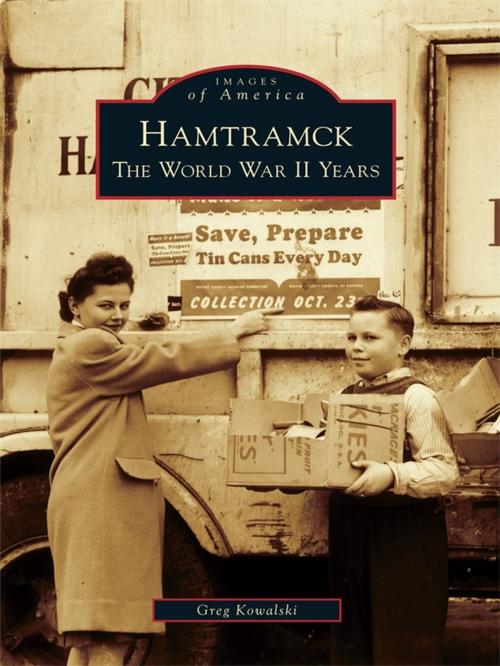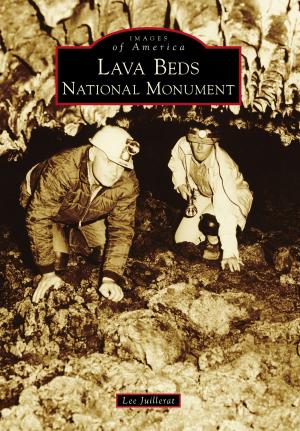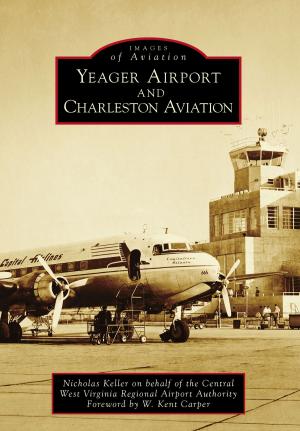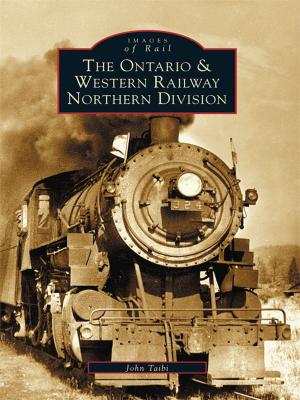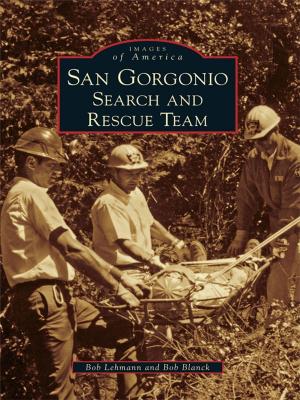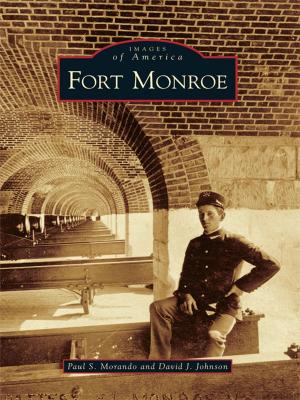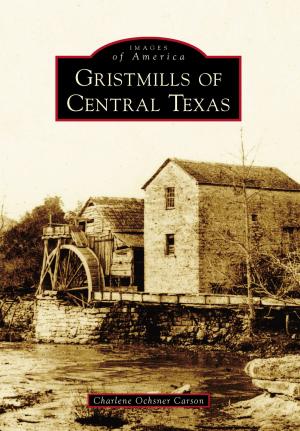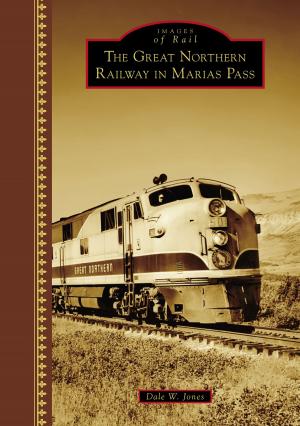Hamtramck
The World War II Years
Nonfiction, History, Military, Pictorial, United States, World War II| Author: | Greg Kowalski | ISBN: | 9781439618950 |
| Publisher: | Arcadia Publishing Inc. | Publication: | June 13, 2007 |
| Imprint: | Arcadia Publishing | Language: | English |
| Author: | Greg Kowalski |
| ISBN: | 9781439618950 |
| Publisher: | Arcadia Publishing Inc. |
| Publication: | June 13, 2007 |
| Imprint: | Arcadia Publishing |
| Language: | English |
With a population made up overwhelmingly of Polish immigrants and descendents of Poles, Hamtramck was especially hardhit by the impact of World War II. Most of the city�s residents had family contacts with the old country. When Germany invaded Poland on September 1, 1939, Hamtramckans reacted with shock and anger�and with a determination to see fascism defeated and Poland freed. Thousands of Hamtramckans fought in the war, hundreds died. And those who remained at home dealt with the wartime life as best they could. Hamtramck: The World War II Years presents a portrait of the city at war. It tells and shows how Hamtramckans�of all ages, races, and backgrounds�coped with shortages, the threat of attack, and the everpresent dread that the next telegram may bring news of a soldier�s death. It was a challenging time that demanded strength, dedication, and sacrifice. Hamtramckans stood up and delivered all that was required�and more.
With a population made up overwhelmingly of Polish immigrants and descendents of Poles, Hamtramck was especially hardhit by the impact of World War II. Most of the city�s residents had family contacts with the old country. When Germany invaded Poland on September 1, 1939, Hamtramckans reacted with shock and anger�and with a determination to see fascism defeated and Poland freed. Thousands of Hamtramckans fought in the war, hundreds died. And those who remained at home dealt with the wartime life as best they could. Hamtramck: The World War II Years presents a portrait of the city at war. It tells and shows how Hamtramckans�of all ages, races, and backgrounds�coped with shortages, the threat of attack, and the everpresent dread that the next telegram may bring news of a soldier�s death. It was a challenging time that demanded strength, dedication, and sacrifice. Hamtramckans stood up and delivered all that was required�and more.
